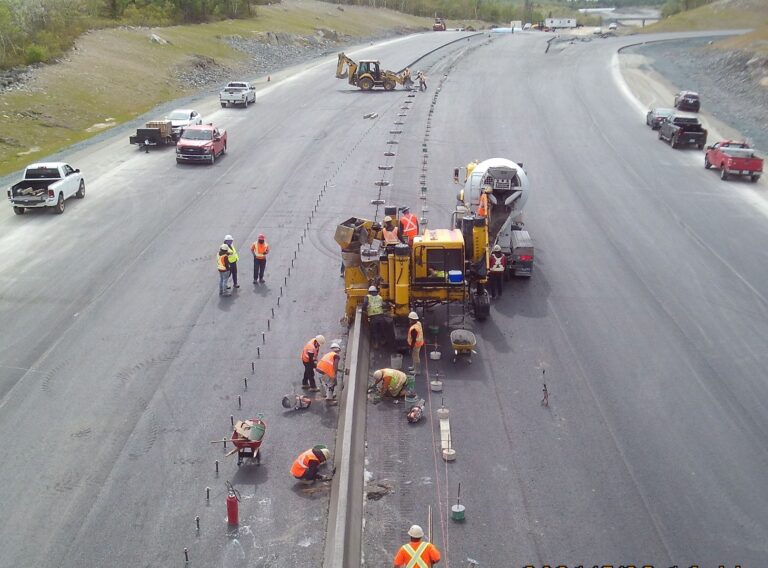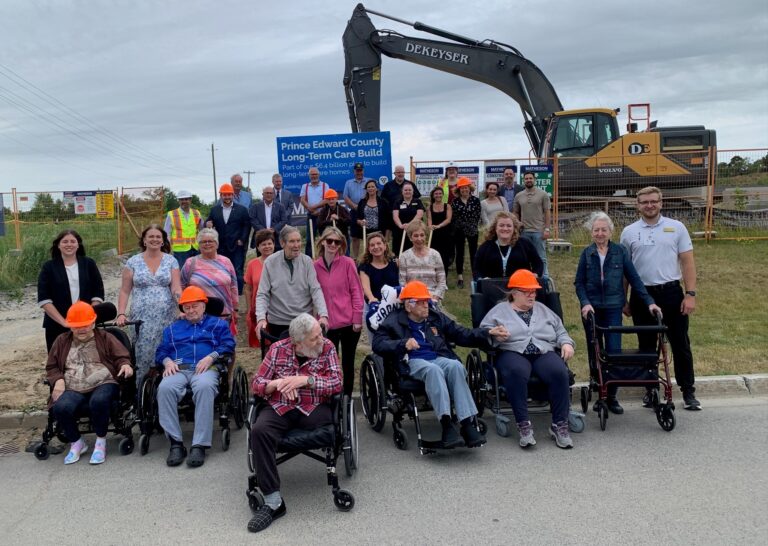Today, Catherine McKenna, Minister of Infrastructure and Communities, announced new steps to help provinces and territories deal with the pressures brought on by the COVID-19 crisis.
“Our government recognizes that with the health and economic challenges presented by COVID-19, we need to support Canadians to protect their health, improve their quality of life, and create jobs,” said Minister McKenna. “That’s why we’ve changed our infrastructure program to make it easier to invest in making schools and long term care facilities safe for children and aging parents and to build projects that make it easier for people to get out and exercise and appreciate nature. Canada’s infrastructure plan invests in thousands of projects, creates jobs across the country and builds stronger communities.”
The Investing in Canada Infrastructure Program is being adjusted so that provinces and territories can use federal funding to act quickly on a wider range of more pandemic-resilient infrastructure projects. These types of projects will include: retrofitting schools to allow kids to go to school safely; upgrading hospitals and long-term care homes to deal with social distancing requirements; building new parks, cycling and walking paths to help Canadians get access to nature to stay healthy, active and safe; and, disaster mitigation projects that protect against floods and fires.
These changes are expected to help get more projects underway faster, and support longer-term goals of sustainable, economically healthy, low-carbon, and inclusive communities.
Under a new COVID-19 Resilience funding stream worth up to $3.3 billion, projects will be eligible for a significantly larger federal cost share – up to 80 per cent for provinces, municipalities and not-for-profit organizations in provinces, and raising it to 100 per cent for remote, northern and territorial projects designated under the new stream. A simplified funding application process will ensure that projects can get underway as soon as possible, and accelerated approvals will ensure that provinces and territories can address pressing needs in a timely manner.
For projects that can start in the near-term, eligibility criteria in the Investing in Canada Infrastructure Program’s other existing streams have also been expanded. For example, mobile phone and cellular projects are now eligible under the Rural and Northern Infrastructure stream, and inter-city transit projects are now eligible.
These immediate adjustments to existing programming follow discussions with provinces, territories, municipalities and Indigenous communities. The changes are designed as short-term measures to address the current situation while we continue to work towards the long-term infrastructure objectives, including better public transit, more high-speed broadband, wastewater infrastructure and clean energy projects.
| JURISDICTION | COVID-19 STREAM MAXIMUM ALLOCATION (10 per cent of initial allocation) |
| Newfoundland and Labrador | $55,584,285 |
| Prince Edward Island | $36,697,732 |
| Nova Scotia | $82,849,316 |
| New Brunswick | $67,321,757 |
| Quebec | $753,593,792 |
| Ontario | $1,184,648,346 |
| Manitoba | $117,207,615 |
| Saskatchewan | $89,632,301 |
| Alberta | $339,785,704 |
| British Columbia | $412,968,016 |
| Yukon | $44,561,730 |
| Northwest Territories | $57,077,683 |
| Nunavut | $56,676,162 |
| TOTAL | $3,298,604,439 |
Stream funding transfers are subject to certain conditions, such as requiring concurrence by the municipal authorities affected by transfers out of the Public Transit stream, and meeting the Climate Change Mitigation sub-stream 45 per cent allocation target under the Green Infrastructure stream.
To be eligible for funding under the COVID-19 Resilience stream, the project’s eligible costs must be under $10 million, construction must be started no later than September 30, 2021, and it must be completed by the end of 2021 (or by the end of 2022 in the territories and in remote communities).
The COVID-19 Resilience stream will fund the following types of infrastructure projects:
- Retrofits, repairs and upgrades for provincial, territorial, municipal and Indigenous buildings; health infrastructure; and schools;
- COVID-19 response infrastructure, including measures to support physical distancing;
- Active transportation infrastructure, including parks, trails, foot bridges, bike lanes and multi-use paths; and
- Disaster mitigation and adaptation projects, including natural infrastructure, flood and fire mitigation, and tree planting and related infrastructure.
Expanded project eligibility
Eligibility criteria in the Program’s existing streams has also been expanded. For projects that can start before September 30, 2021, the following additional flexibilities are available:
- Public Transit stream: now allows standalone pathways and active transportation projects; as well as public sector inter-community commuter transit services; and public sector commuter ferry infrastructure that are not part of an existing transit system.
- Green Infrastructure stream: also allows standalone pathways and active transportation projects.
- Rural and Northern Infrastructure stream: mobile and cellular projects under the broadband category; and energy efficiency or reliability projects for communities on established electricity grids under the Arctic Energy Fund.
To view the complete announcement video, click here.
Photo Caption: Minister McKenna speaking at the Tomlinson Family Foundation Clubhouse, home of the Boys and Girls Clubs of Ottawa.











